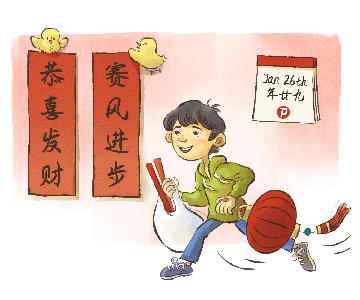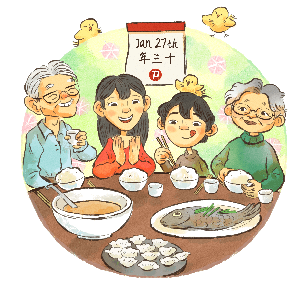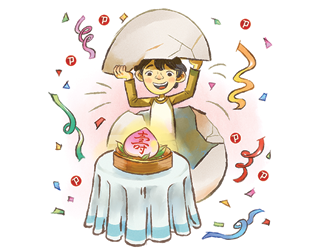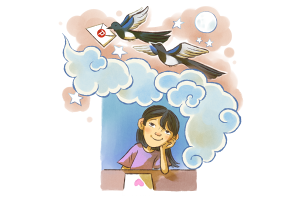Hello from Psiphon!
We noticed you're not using a recent version of Psiphon. We rely on revenue from advertising and subscriptions to keep our services running. Without your help Psiphon won't be able to continue bringing Internet Freedom to people in every country around the world. Please download the latest version of Psiphon from Google Play.




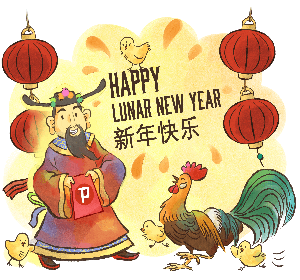
.png)
